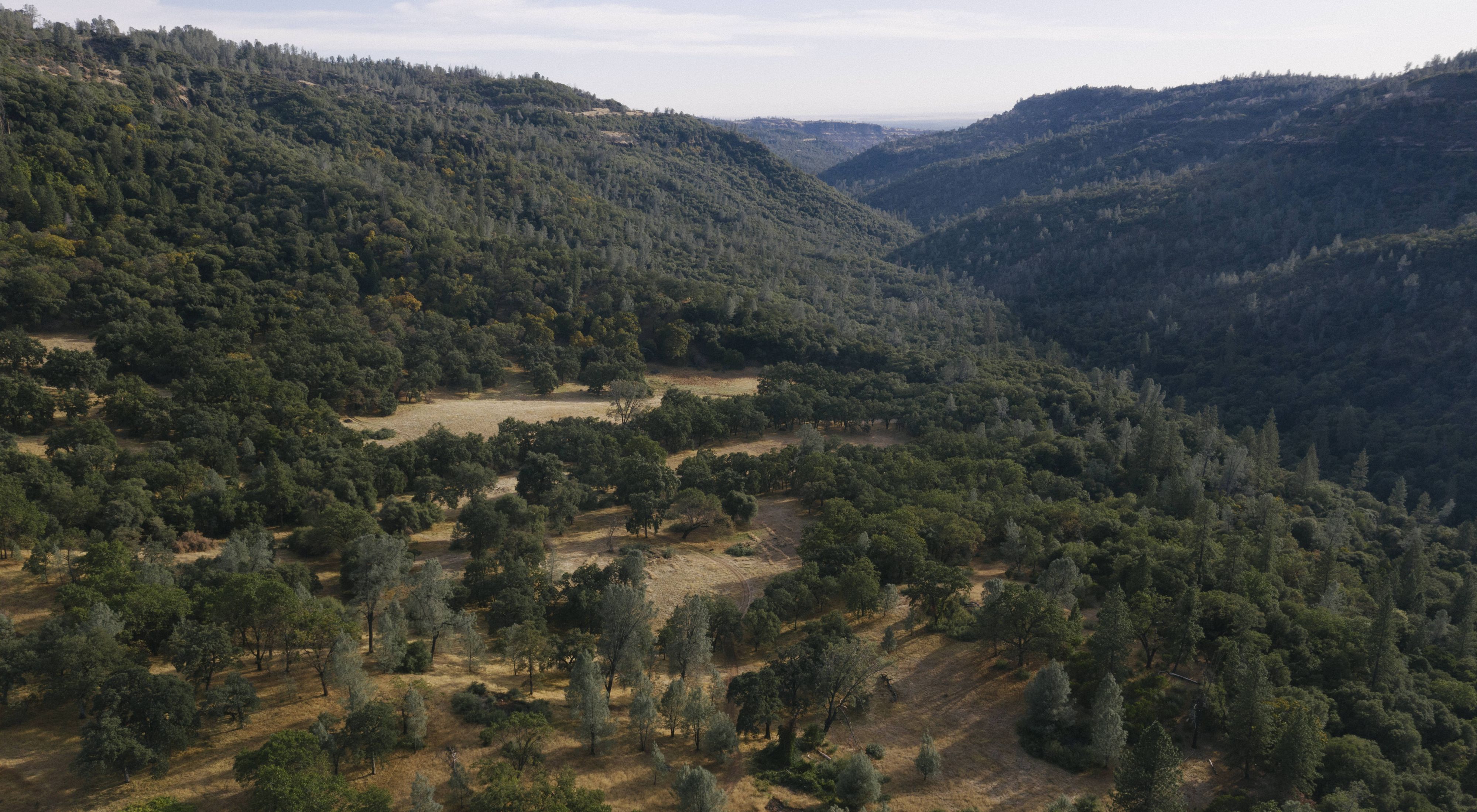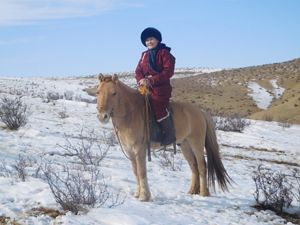Whether oak or ash, pine or juniper, the forests of North America are all facing a common foe—climate change. As a result, many also face more frequent and intense wildfires. Hotter, drier conditions parch vegetation, and trees killed by invasive pests that are spreading more rapidly as the climate shifts provide more fuel to wildfires that are harder to contain.
Fire is however an essential force of renewal for a significant portion of North America’s forests. In some areas, Native Americans and Alaska Natives continue to use fire to care for the land as they have for generations. Careful burning supports the regeneration of native foods, medicinal plants, domestic materials and regalia used in ceremonies—and makes forests more resilient to climate change by reducing fuel and storing carbon.

“Every Nature Conservancy land purchase or easement protects someone’s ancestral territory, and as ecologists, we know that Indigenous Peoples used fire to shape those forested lands,” says Mary Huffman, a fire ecologist who has worked with TNC for 28 years. “Yet in 2015, we realized the fire networks that we had been building in North America were not inclusive of Indigenous Peoples’ voices and choices in using their traditional fire practices,” she acknowledges. “So we were humbled to sit with cultural fire leaders from the Yurok, Hoopa and Karuk tribes for two days in a small cabin near the Klamath River in Northern California. We heard their ideas for how a fire network among tribes would be different from existing partnerships.” The outcome was the Indigenous Peoples Burning Network (IPBN), a support network among Native American communities that are revitalizing their traditional fire cultures in today’s context.
Quote: Mary Huffman

Every TNC land purchase or easement protects someone’s ancestral territory, and as ecologists, we know that Indigenous Peoples frequently used fire to shape those forested lands.
Administered by TNC but led in substance by a volunteer team of Indigenous fire practitioners, the IPBN is making significant progress in California, New Mexico, Minnesota and other locations. The network is also serving as a resource for non-Indigenous fire teams that aspire to build equitable partnerships with Indigenous communities. “We have a responsibility to elevate the leadership and wisdom of original stewards—and by doing so, together we can help forests survive and thrive,” Mary says.
In the combined ancestral territories of the Yurok, Hoopa and Karuk tribes of California, Indigenous leaders are revitalizing family-based burning practices, using contemporary fire equipment as backup. This past year, they conducted 16 family-led controlled burns that provide basketry materials and cultural foods like acorns, enable intergenerational learning and reduce wildfire risk.

Large wildfires such as the 2003 Encebado Fire near Taos Pueblo, New Mexico, threaten Native communities, sacred sites, water quality and forest resilience. These threats are galvanizing tribal efforts to remove bureaucratic barriers that limit collaboration across tribal, state and federal jurisdictions in Pueblo homelands. Resource managers from eight New Mexico Pueblos are collaborating to use reforestation and controlled burning to improve the Rio Grande River basin—a vital waterway that supports more than a million people.

The Leech Lake Band of Ojibwe and the Fond du Lac Band of Lake Superior Chippewa plan to join TNC, the U.S. Forest Service, U.S. Fish and Wildlife Service, Minnesota Department of Natural Resources and other partners in a fire training exchange scheduled for 2021, similar to the one pictured here, which was hosted by the Yurok Tribe and the Cultural Fire Management Council in Northern California. The exchange will provide training and experience to fire practitioners and the opportunity to collaborate and learn about traditional and current uses of fire. More prescribed fire in northern Minnesota’s forests would improve habitat for native plants and wildlife.




